Textbook of Protistology
Synopsis
Protists are a diverse group of eukaryotic microorganisms. Historically, protists were treated as the kingdom Protista but this group is no longer recognized in moder taxonomy. The protists do not have much in common besides a relatively simple organization-either they are unicellular, or they are multicellular without specialized tissues. This simple cellular organization distinguishes the protists from other eukaryotes, such as fungi, animals and plants.
The term 'protista' was first used by Ernst Haeckel in 1866. Protists were traditionally subdivided into several groups based on similarities to the higher kingdoms : the one-velled animal-like protozoa, the plant-like protophyta (mostly one-celled algae), and the fungus-like slime molds and water molds. Because these groups often overlap, they have been replaced by phylogenetic-based classifications. However, they are still useful as informal names for describing the morphology and ecology of protists.
Read more
The term 'protista' was first used by Ernst Haeckel in 1866. Protists were traditionally subdivided into several groups based on similarities to the higher kingdoms : the one-velled animal-like protozoa, the plant-like protophyta (mostly one-celled algae), and the fungus-like slime molds and water molds. Because these groups often overlap, they have been replaced by phylogenetic-based classifications. However, they are still useful as informal names for describing the morphology and ecology of protists.
32.40
29.16
$
36.00 $
Free delivery Wolrdwidе in 10-18 days
Ships in 1-2 days from New Delhi
Membership for 1 Year $35.00
Get it now and save 10%
Get it now and save 10%
BECOME A MEMBER
Similar items
-
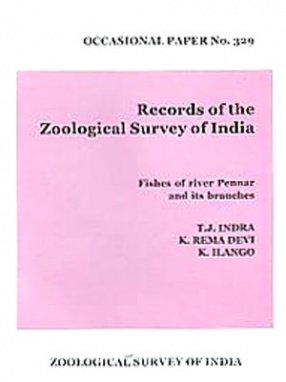
Records of the Zoological Survey of India: Fishes of River Pennar and its Branches
-
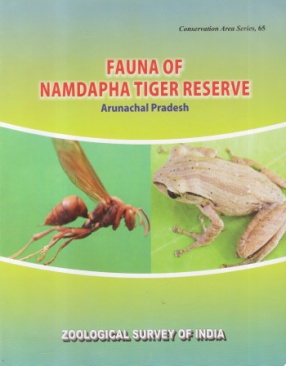
Fauna of Namdapha Tiger Reserve Arunachal Pradesh
-

Contributions to the Knowledge of the Bark and Timber Beetles (Scolytidae: Coleoptera) of the Andaman and Nicobar Islands
-
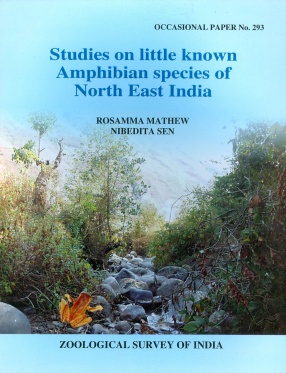
Studies on Little Known Amphibian Species of North East India

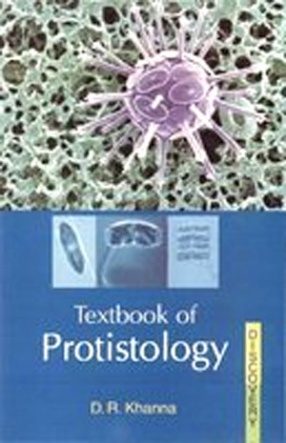



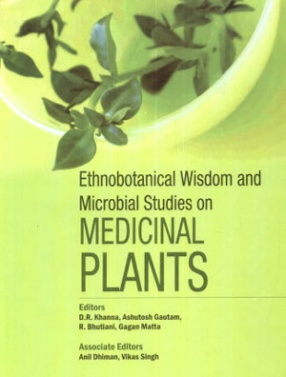

Bibliographic information